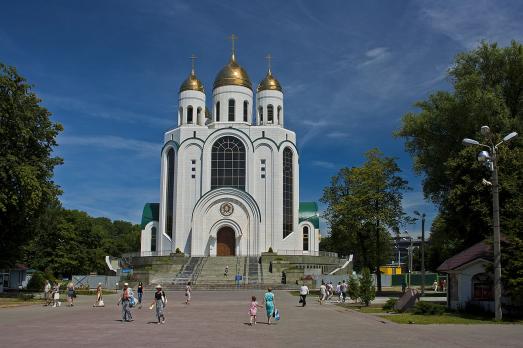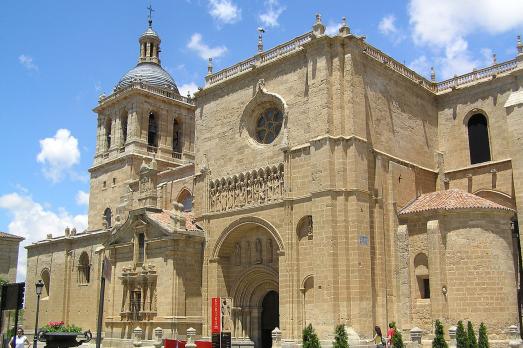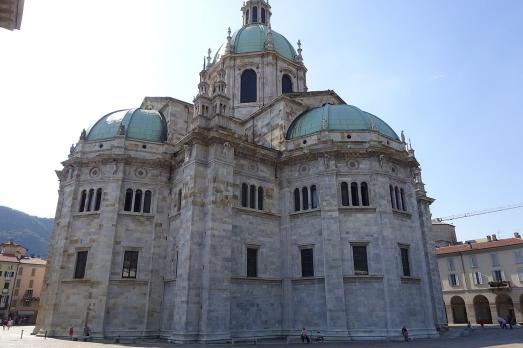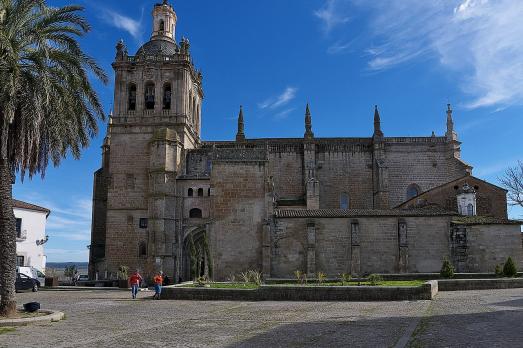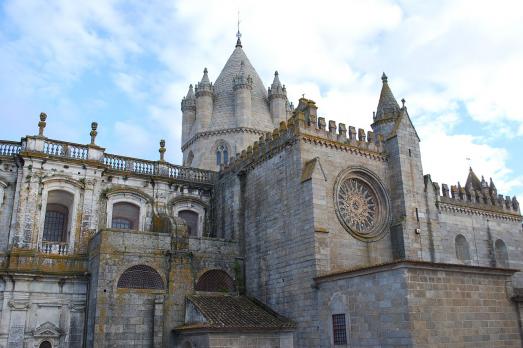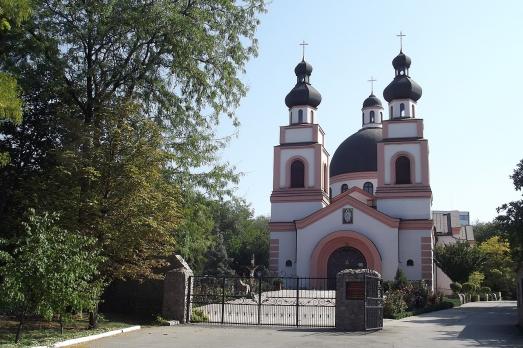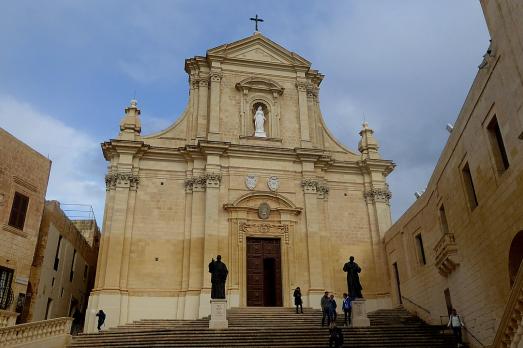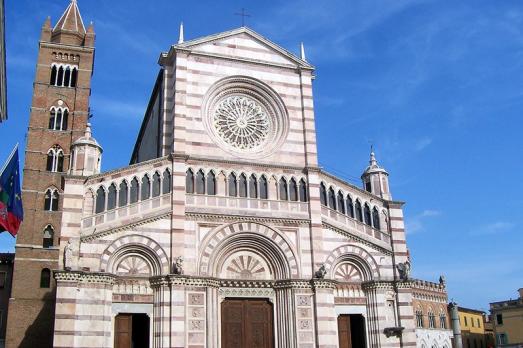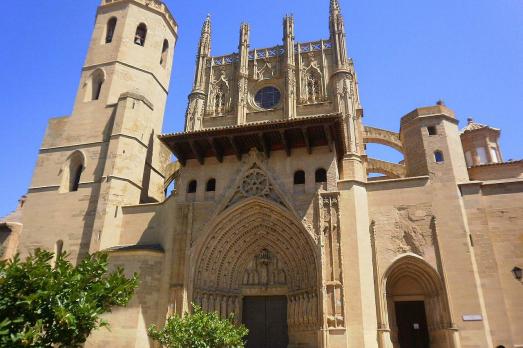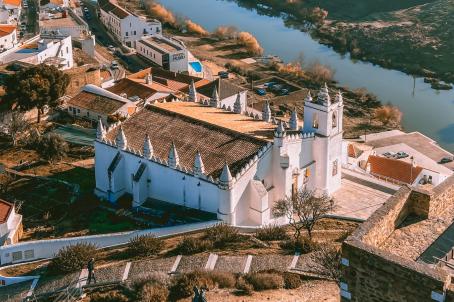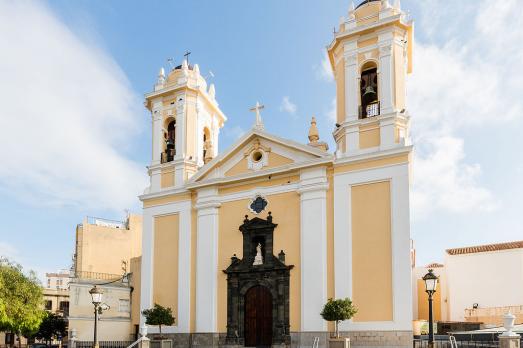
Cathedral of Ceuta
Ceuta, ES
The Cathedral of Ceuta, was built in the 15th century by the Portuguese conquerors on the foundations of a 6th century Justinian church which had become a mosque in the meantime. It has undergone numerous transformations since then, the most notable being its façade, which has become neoclassical, in addition to a Renaissance portal in black marble and a Baroque altar in a chapel.
